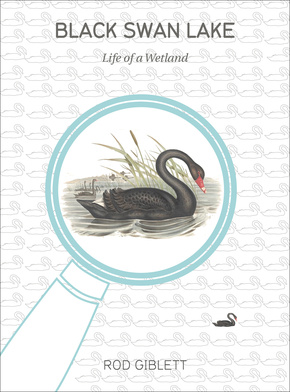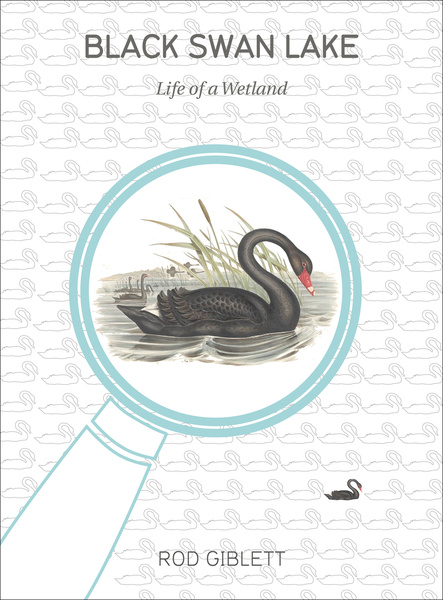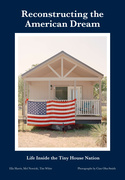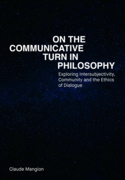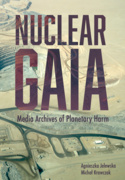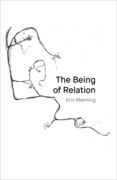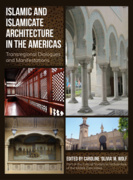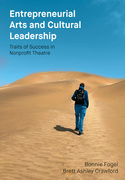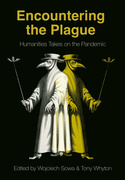Tracing the life of the plants and animals of Forrestdale Lake through the six seasons of the local indigenous people, the first part of Black Swan Lake presents a wetlands calendar over a yearly cycle of the rising, falling and drying waters of this internationally important wetland in south-western Australia. The second part of this book considers issues and explores themes from the first part, including a cultural history of the seasons and the black swan. Black Swan Lake is a book of nature writing and environmental history and philosophy arising from living in a particular place with other beings. The book is a guide to living simply and sustainably with the earth in troubled times and places by making and maintaining a strong attachment and vital connection to a local place and its flora and fauna. Local places and their living processes sustain human and other life on this living earth.
Rod Giblett is associate professor in the School of Communications and Arts at Edith Cowan University in Australia. He is the author of People and Places of Nature and Culture and Canadian Wetlands, both also published by Intellect.
PART I: Wetlands calendar Chapter 1: For a few years Chapter 2: Rising waters (August/Djilba/late winter) Chapter 3: Other place (September/Djilba/early spring) Chapter 4: Other life (October/Kambarang/mid-spring) Chapter 5: Wetland world (November/Kambarang/late spring) Chapter 6: Drying up (December/Birak/early summer) Chapter 7: Dry as a rule (January–February/Birak–Bunuru/mid-, late summer) Chapter 8: Still water (March/Bunuru/early autumn) Chapter 9: Big puddle (April/Djeran/mid-autumn) Chapter 10: Water’s back (June/Makuru/early winter) Chapter 11: Birds are back (July/Makuru/mid-winter) PART II: The downflow Chapter 12: The ballad of black swan lake: Homage to Henry David James Chapter 13: The black swan: Homage to hoax writers Chapter 14: The blackness of the black swan: Homage to Herman Melville Chapter 15: Black swamp city: Homage to Hugh Webb Chapter 16: The body of the earth and the body of Australia: Homage to the human body Chapter 17: The way of water: Homage to Master Moy Lin-Shin Chapter 18: The seasons: Homage to Henry David Thoreau Chapter 19: The black arts of sublime technologies: Homage to Henry Adams Chapter 20: People and place of the whistling kite: Homage to Haliastur sphenurus Chapter 21: Living black waters: Homage to horrifying marsh monsters Chapter 22: Living with the earth: Homage to home-habitat

